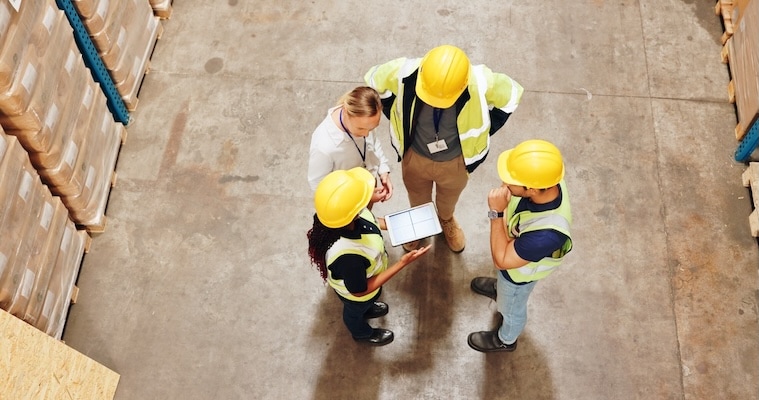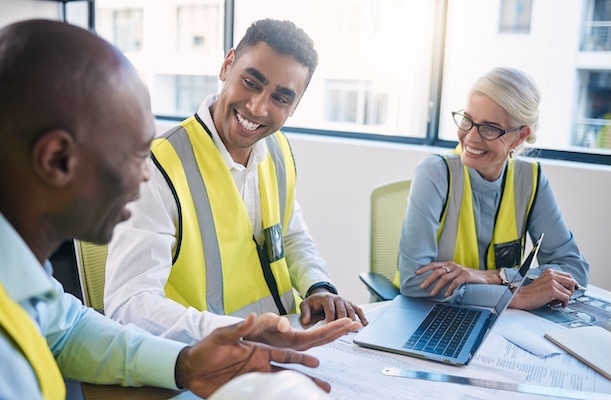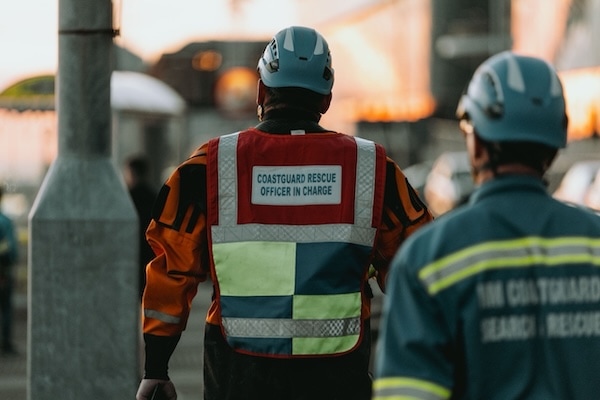Slips, trips, and falls are common causes of workplace accidents, leading to injuries, lost time, and increased insurance costs. Employers have a responsibility to create a safe working environment for their employees, and it’s essential to take measures to prevent these incidents from happening. This article provides a comprehensive guide on how to Prevent slips, trips, and falls in the workplace.
Understanding the Hazards:
Types of Slips, Trips, and Falls
There are three main types of slips, trips, and falls in the workplace:
- Slips occur when there is a loss of traction between the foot and the surface.
- Trips occur when a foot hits an obstacle, causing the person to lose balance and fall.
- Falls occur when a person falls from a higher level, such as a ladder or staircase.
Common Causes of Slips, Trips, and Falls
The causes of slips, trips, and falls can vary depending on the workplace, but some common causes include:
- Wet or slippery surfaces
- Poorly lit areas
- Cluttered walkways
- Uneven surfaces
- Damaged flooring
- Loose carpeting
Implementing Safety Measures:
Identifying Hazards
The first step in preventing slips, trips, and falls is to identify the hazards in your workplace. This can be done through regular inspections and assessments of the working environment.
Maintaining a Safe Work Environment
Once the hazards have been identified, it’s essential to take steps to maintain a safe work environment. This can include:
- Keeping walkways clear and free of obstacles
- Providing proper lighting in all areas
- Repairing damaged flooring
- Providing non-slip flooring or mats
- Implementing a cleaning and maintenance program
Employee Training and Awareness
Employee training and awareness are crucial in preventing slips, trips, and falls in the workplace. It’s essential to educate employees on the dangers and how to avoid them, such as:
- Wearing appropriate footwear with good traction
- Paying attention to their surroundings
- Reporting any hazards they encounter
Frequently Asked Questions:
What are the consequences of slips, trips, and falls in the workplace?
The consequences of slips, trips, and falls can be severe, including injury, lost time, increased insurance costs, and decreased productivity.
Who is responsible for preventing slips, trips, and falls in the workplace?
Employers are responsible for creating a safe working environment and preventing slips, trips, and falls. However, employees also have a responsibility to be aware of the dangers and to follow safety procedures.
How often should I inspect my workplace for hazards?
Regular inspections are essential in preventing slips, trips, and falls in the workplace. It’s recommended to conduct inspections at least once a year, or more frequently if there have been changes in the working environment.
Conclusion:
Preventing slips, trips, and falls in the workplace is a joint effort between employers and employees. By identifying and addressing hazards, maintaining a safe work environment, and providing employee training and awareness, we can reduce the number of incidents and create a safer working environment for everyone. Implementing these safety measures is essential in ensuring the well-being of your employees and the success of your business.







